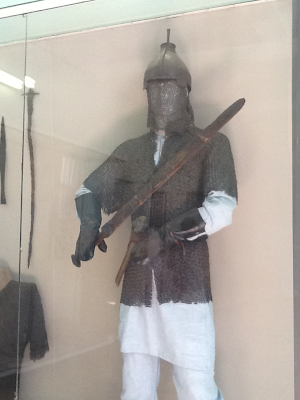 |
| the eyes of the Theotokos from the ancent temple at Chersonesos, possibly the eyes that saw King and Sovereign Volodymyr of Rus', now in Chersonesos Museum amk 2013 |
 |
| temple/basilica Chersonesos amk2013 |
 |
| Chersonesos city, amk2013 |
 |
| lmk2013 |
Ancient indigenous cultures and warring tribes including the impressive Taurians, Cimmerians, and Scythians lived in this highly desired locations. Greek colonists from Miletus in the 7th to 5th centuries BC established an independent, self-governed city state which variously enslaved, employed and eventually included these peoples as participants in the popular assembly of free peoples who would decide on law, wars, peace and governance together. For two thousand years Chersonesos was the major political, economic and cultural centre of this northern Black Sea region, enduring political and economic upsurges and threats including fascinating times of Roman and Byzantine Empire influence. Ancient and modern time looting, and construction related sprawl of modern city-growth, including illegal agricultural activity are a threat to the site. In June 2013 UNESCO finally included the Chersonesos site on the list of World Heritage Sites because of its outstanding universal value. With this international focus, the Ukrainian authorities are committed toward strengthened heritage management and preservation. The first foreign teams to be given access to conduct research at this site (1990's) from The Institute of Classical Archeology at the University of Texas contributed to this sea change with their amazing academic journey through the excavations and finds in Chersonesos.
Incidentally, the one hryvnia banknote has an image of Chersonesos on the reverse side!
http://www.biblicalarchaeology.org/daily/news/chersonesos-receives-its-due/
http://archive.archaeology.org/0211/abstracts/slavic.html
http://www.utexas.edu/news/2013/09/19/unesco-world-heritage-site/













